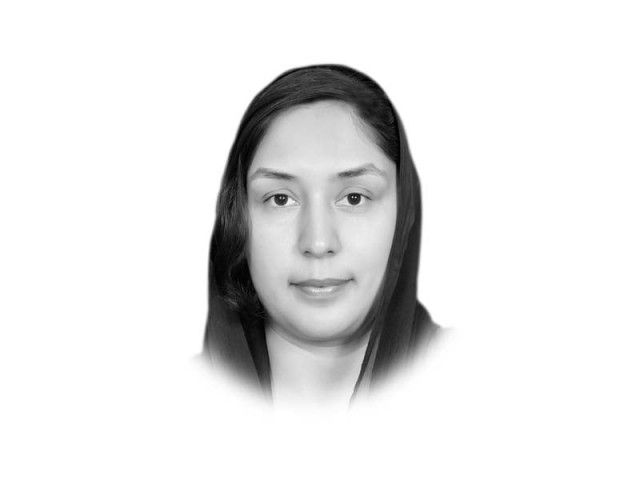Economic woes behind Iran protests
The resentment towards the government was fuelled by the country’s economic malaise

The writer is a researcher at the Islamabad Policy Research Institute
As is apparent from the unemployment level (40 per cent), more than three million Iranians are jobless. Coupled with lack of opportunities, economic empowerment is a major concern for every Iranian. The Iran nuclear deal (P5+1), an endeavour to bring in relief to the common man with relaxed economic sanctions and enhanced FDI, could not create the desired impact. Both the ban on the Iranian use of the US banking system, and the fact that many Iranian entities are still on the blacklist, stand as an impediment to breaking the economic impasse. US President Donald Trump’s threat to scrap the nuclear deal has kept multinationals from investing in Iran.
On the foreign policy front, the government’s involvement in Syria, Iraq and Yemen is being criticised. The argument being that the money spent on these war theatres could be diverted to address the socio-economic needs of Iranians. Tehran has accused regional and international players of fomenting the unrest, and using social media campaigns inside Iran to incite riots. President Trump posted on Twitter: “The people are finally getting wise as to how their money and wealth is being stolen and squandered on terrorism. Looks like they will not take it any longer.” Khamenei has blamed the violence on Israel, the exiled dissident group People’s Mujahedin of Iran and a wealthy government in the Gulf. The country’s Supreme Leader responded: “US officials should know that, firstly, they have missed their target. Secondly, they have inflicted damage upon Iran in recent days, and they should know this won’t be left without a response.”
This is hardly the first time that Iranians have agitated on the roads. The Green Movement witnessed widespread protests across the country in 2009, and the protesters challenged the election results. President Rowhani’s re-election in May 2017 brought about a clear shift over the hardliners. There exists political activism within Iranian society. People chose a moderate government, because they wanted economic and political growth. The involvement of foreign players in provoking public sentiment in view of Iran’s involvement in the Middle East cannot be denied altogether. Within Iran also there are hardline groups opposed to reformist policies. The protests in Mashhad — the stronghold of Rowhani’s hardline foe Ebrahim Raissi — reinforces the speculation that hardliners and anti-government groups might be involved in instigating the protests. However, the latest unrest exposes chinks in the government’s armour. To thwart the antagonism from within and to counter the hardliners, the government needs to build inner strength. This will require both economic incentives as well as recognising the democratic rights of the people.
On Iran’s policy towards Middle East, an immediate retreat might not be a feasible option. Thus, it is a test for Rowhani’s government to pacify the protesters, address their concerns, justify Iran’s involvement in regional theatres and subsequently counter the external pressure.
Published in The Express Tribune, January 15th, 2018.
Like Opinion & Editorial on Facebook, follow @ETOpEd on Twitter to receive all updates on all our daily pieces.















COMMENTS
Comments are moderated and generally will be posted if they are on-topic and not abusive.
For more information, please see our Comments FAQ